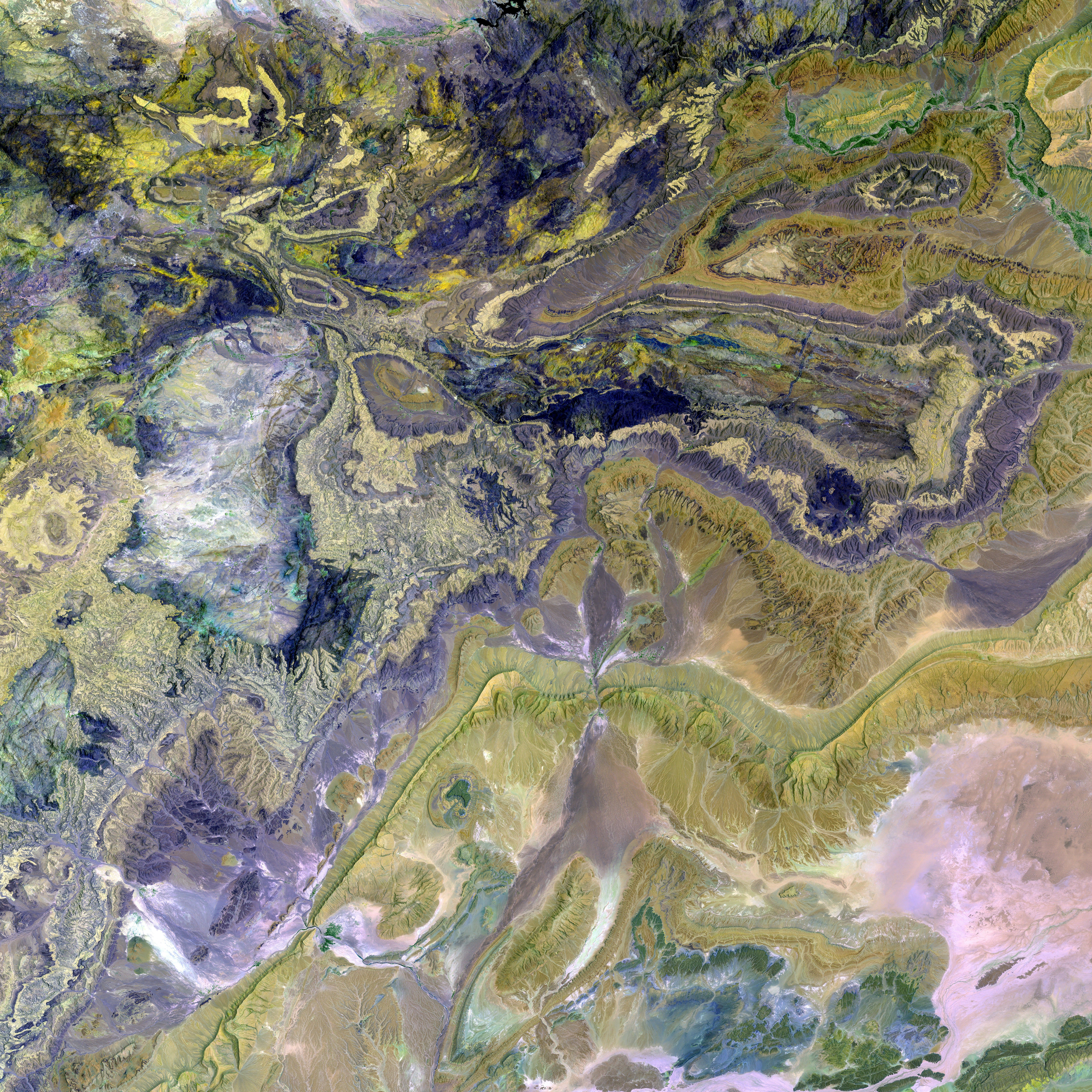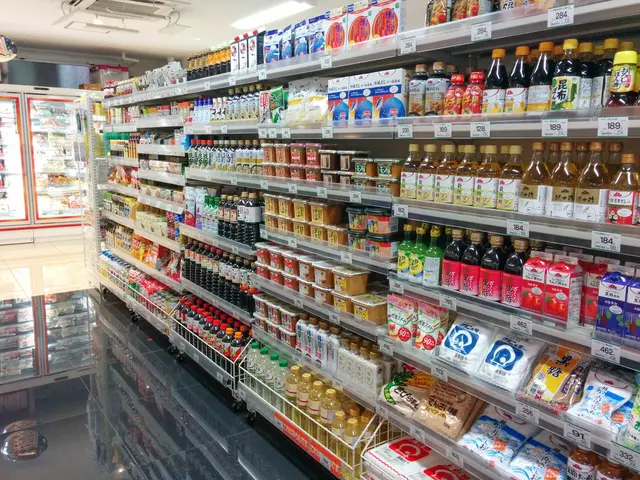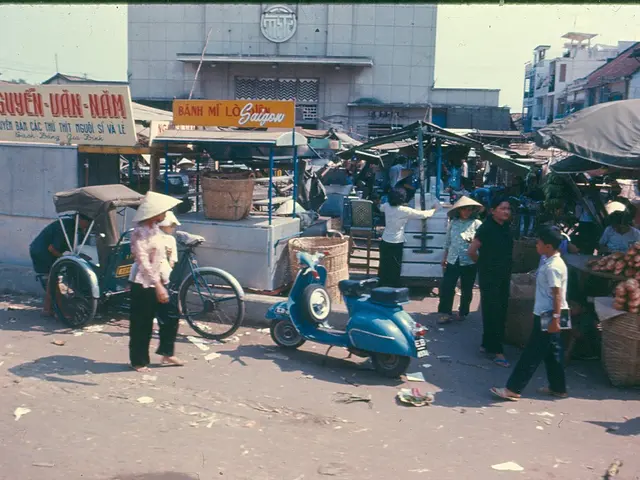Kazakhstan's Kuryk Port broadens its horizon with the addition of the Sarzha Terminal, with Jan De Nul spearheading the dredging operation.
Sailing Headways: Jan De Nul's Dredging Feat Boosts Trans-Caspian International Transport Route's Pace
ASTANA - In a significant stride, Belgian marine engineering juggernaut, Jan De Nul, has wrapped up extensive dredging works on the Sarzha multifunctional marine terminal at Kazakhstan's Kuryk Port. This ambitious project, a key step in the region's strategic drive to cultivate the Trans-Caspian International Transport Route, or the Middle Corridor, a trade route connecting China and Europe through the Caspian Sea.
[Image: Jan De Nul's cutter suction dredger (CSD) Vesalius. Photo credit: Jan De Nul]
"The Middle Corridor serves as a reliable alternative to the northern and southern routes, often congested by Russia and the Suez Canal. Kazakhstan's diligent development of maritime infrastructure makes us proud to be part of this decisive shift," Jan De Nul's statement declared on April 28.
Stepping up as a trusted associate in Kazakhstan's maritime evolution, Jan De Nul mobilized its Cutter Suction Dredger (CSD) Vesalius and a skilled crew to tackle the dredging works at the terminal. Despite formidable soil challenges, including hard rock, the team persevered, playing a decisive role in extending and deepening the Port of Kuryk's access channel and turning basin.
This successful dredging endeavor not only ensured the safe navigation and negotiability of large grain cargo vessels and container feeders, but it also underscored Jan De Nul's dedication to delivering top-tier, technologically advanced marine solutions in Kazakhstan.
"The Middle Corridor holds substantial economic potential for the region. Governments across Turkey, Georgia, and Kazakhstan show unwavering determination to nurture it. We are honored to be part of this pivotal trade route's development," shared Stefan Muntoiu, business development manager at Jan De Nul.
Now operational, Kuryk Port is ready to handle large volumes of dry and general cargo, making it the foremost Caspian Sea port prepared for Middle Corridor's estimated capacities. The project's success received positive acclaim from major local and international stakeholders.
"Our team is elated to have contributed to this landmark project, fortifying Kazakhstan's maritime logistics infrastructure and strengthening its strategic position in the Caspian region," Muntoiu added.
An additional significant project in the Middle Corridor Jan De Nul is preparing for, is the construction of a new deep-sea port in Anaklia, Georgia. As per the latest updates, the firm aims to construct a breakwater, access channels, and turning points, paving the way for a new port with a cargo capacity of 600,000 containers.
The Middle Corridor's recent advancements reflect Kazakhstan's commitment to expand its port modernization, notably at Kuryk Port, where the Sarzha Terminal became operational in late April 2025. Other notable projects include the second-track railway construction on the Dostyk-Moyinty section and a planned container hub in Aktau, both with Chinese partners.
The firm's contributions to the Middle Corridor's development and the strategic region's economic impact have been emphasized by Jan De Nul, which anticipates the corridor capturing 20% of EU-China maritime trade by 2035. The corridor's regional economic impact is underscored by strong governmental commitments from Kazakhstan, Georgia, and Turkey.
Furthermore, the corridor's geopolitical significance is proven by partnerships with the EU, boasting a €12 billion assistance package (including €3 billion for transport), and China, focusing on port upgrades and reviving the China-Kyrgyzstan-Uzbekistan railway. Digital initiatives, like automated customs transit with Azerbaijan and China, have expedited cargo declarations, cementing the corridor as a viable Asia-Europe link.
Kazakhstan aspires to solidify its role as a transit hub by 2030, leveraging infrastructure upgrades and partnerships to transition Central Asia from a transit zone to a "structuring player" in global trade.
[References][1] AzeriNes, 2022. "EU plans to pour €12 billion into Central Asia to boost trade." Azeri Nes Wales, 16 March. https://azerinesdiplomacy.com/eu-plans-to-pour-e12-billion-into-central-asian-countries-to-boost-transport-trade/[2] The Astana Times, 2022. "Jan De Nul completes extensive dredging works at the Sarzha Terminal in Kuryk Port." The Astana Times, 28 April. https://astanatimes.com/2022/04/jan-de-nul-completes-extensive-dredging-works-at-the-sarzha-terminal-in-kuryk-port/[3] Channel News Asia, 2021. "Kazakhstan sets ambitious goal to transform Central Asia into 'structuring player' in global trade." Channel News Asia, 9 November. https://www.channelnewsasia.com/world/kazakhstan-ambitious-goal-transform-central-asia-structuring-player-global-trade-3106161[4] The Diplomat, 2022. "Europe's New Infrastructure Ambitions: The Middle Corridor." The Diplomat, 11 April. https://thediplomat.com/2022/04/europes-new-infrastructure-ambitions-the-middle-corridor/[5] The Diplomat, 2022. "Kazakhstan's Renewed Role in the Middle Corridor." The Diplomat, 2 May. https://thediplomat.com/2022/05/kazakhstans-renewed-role-in-the-middle-corridor/
- The dredging works performed by Jan De Nul on the Sarzha Terminal at Kuryk Port have contributed significantly to the Caspian Sea's Trans-Caspian International Transport Route, also known as the Middle Corridor.
- The Middle Corridor, a trade route connecting China and Europe through the Caspian Sea, is a major focus for finance and investment within the transportation industry.
- Kazakhstan's ongoing development of maritime infrastructure, such as the Sarzha Terminal at the Port of Kuryk, is attracting the involvement of financial powerhouses, with Jan De Nul being one such example.
- In addition to the Sarzha Terminal project, Jan De Nul is preparing to undertake the construction of a new deep-sea port in Anaklia, Georgia, another significant investment in the Middle Corridor's infrastructure development.








